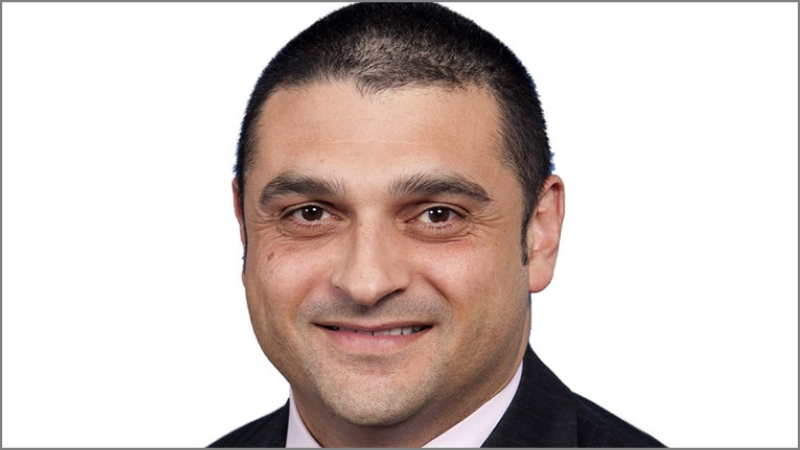1 July changes to exacerbate member benefit payment issue
The issue of how member benefits are treated following a member’s death will be even more significant after the 1 July changes with contributions, according to a technical expert.
Back in April, SMSF Association deputy chief executive Peter Burgess said the ATO had come to a settled position on how benefits will be treated in situations where a member has requested benefits before their death but they die before the benefit is paid.
Mr Burgess said the ATO had concluded that it should be treated as a member benefit in these situations.
Speaking to SMSF Adviser, SuperConcepts executive manager for SMSF technical support Nicholas Ali said that with the removal of the work test for non-concessional contributions from 1 July, this could become an even bigger issue with members withdrawing larger amounts out of super as part of recontribution strategies.
“At the moment, [we’ve] got until age 67 to be able to contribute without having to satisfy the work test, but with the removal of the work test post 1 July, that increases to age 75,” said Mr Ali.
“That’s almost another 10 years where members can take money out and put money back in, make non-concessional contributions subject to the total super balance.”
Given that there will be older members potentially using these sorts of strategies, the way these member benefit payments are treated “will be an ever increasing issue”, said Mr Ali.
In a recent SuperConcepts article, he gave an example of a member of a super fund, Luke, who is 67 and married to Nancy, age 66.
“Luke is drawing an income stream in the form of an account-based pension worth $900,000 from a large superannuation fund,” Mr Ali explained.
The fund consists of a tax-free component of $270,000 and a taxable component of $630,000.
“Luke and Nancy have three independent adult children, Dwayne, Shane and Barry. Luke has a binding death benefit nomination (BDBN) that states that he would like Nancy to receive his benefit in the fund when he dies. As Nancy is Luke’s spouse, she will receive any death benefit lump sum payment tax-free. If she decides to commence a death benefit pension, any income she receives from the pension will be tax-free,” he said.
“As Nancy is provided for due to Nancy receiving his super benefit due to the BDBN, Luke’s will states his estate is to be split evenly between his three adult children. His estate is not worth a great deal, as Luke and Nancy have put most of their money into super. Luke and Nancy are executors of each other’s estate.”
Following the 1 July changes this year, Luke and Nancy decide to take all his benefits out of the fund as a cash lump sum.
“They will then re-contribute the money back into the same super fund as non-concessional contributions over several years, using the increased contribution flexibility, splitting the contributions and effectively turning the taxable component ($630,000) into a tax-free component,” Mr Ali explained.
“Luke lodges a withdrawal request with the large superannuation fund. The fund trustees acknowledge receipt of the benefit and inform Luke that the fund will pay $900,000 cash into his nominated personal account.”
However, Luke dies suddenly before the money is received, said Mr Ali.
“Nancy informs the large superannuation fund of Luke’s passing and that she wants to retain the death benefit in the fund; however, they consider the amount to still be a member benefit and pay it into Luke’s personal account,” he stated.
Mr Ali explained that this means the superannuation proceeds are no longer driven via the BDBN but now form part of Luke’s estate.
“As executor, Nancy has a fiduciary duty to maximise the monies of the estate. Therefore the three adult children receive the $900,000. This is a less than satisfactory outcome for Nancy and not what Luke had envisaged,” he said.
“If the payment had been considered a death benefit, the trustees would be bound to follow Luke’s directions in the BDBN and pay the benefit to Nancy. Nancy could choose to take a lump-sum death benefit, death benefit pension or a combination of both. Assuming she opts for a pension, the benefit is retained in the superannuation system and continues to be concessionally taxed. It also means Nancy continues to receive an income stream from the fund.”
In the context of an SMSF, Mr Ali said this type of scenario is even more complicated given the nexus between the trustees and members and the fact that the trustee would be aware of the member’s death.
“If the trustees of an SMSF paid out a member benefit, knowing full well the member has died, cutting out a beneficiary under a BDBN and paying the member benefit to the deceased’s estate – this scenario could very well lead to litigious action,” he explained.
Mr Ali said there would likely be a clearer position on how these sorts of benefits should be treated once there is litigation or case law on this issue.
“We will not know until there is a court case on this, when, say, a beneficiary under a BDBN tests it in a court of law as to whether the ATO’s logic holds in situations involving SMSFs,” he said.

Miranda Brownlee
Miranda Brownlee is the deputy editor of SMSF Adviser, which is the leading source of news, strategy and educational content for professionals working in the SMSF sector.
Since joining the team in 2014, Miranda has been responsible for breaking some of the biggest superannuation stories in Australia, and has reported extensively on technical strategy and legislative updates.
Miranda also has broad business and financial services reporting experience, having written for titles including Investor Daily, ifa and Accountants Daily.








